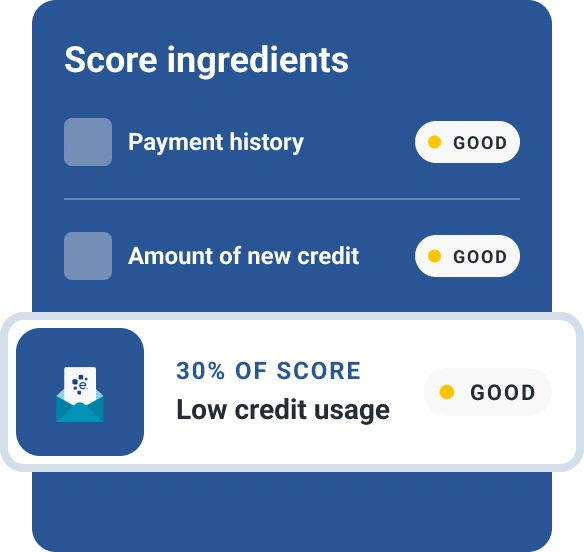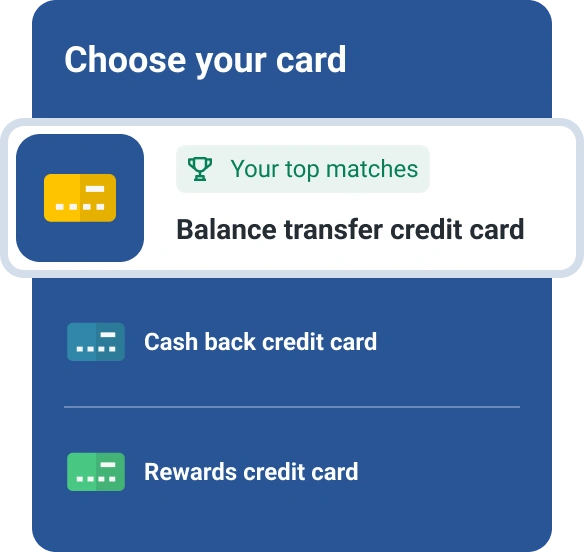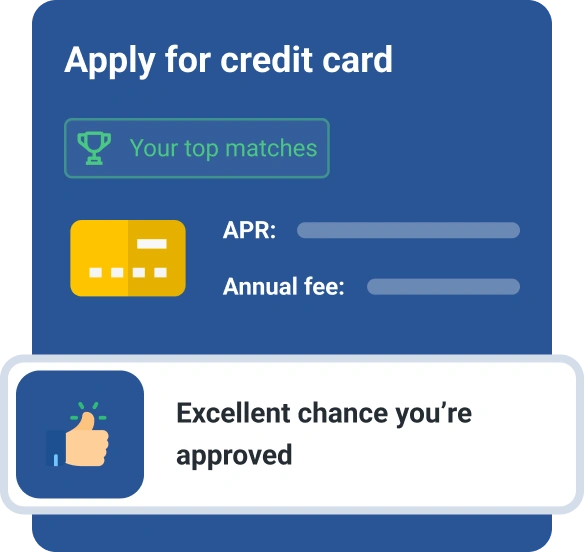Can You Use One Credit Card to Pay Off Another?
Quick Answer
You can use one credit card to pay off another if you use a balance transfer to move debt from one credit card to another. But there are some terms and fees you should review prior to completing a transfer.

Generally speaking, you can't pay one credit card bill with another card. There are a couple of exceptions, however, such as balance transfers or cash advances.
While a cash advance is a very pricey form of debt that almost never makes financial sense, a balance transfer can be a good way to consolidate your balances onto a new card. Here's what you should know if you're working on paying down a high-interest credit card balance.
Can You Pay Your Credit Card Bill With Another Credit Card?
It isn't possible to pay your monthly credit card bill with another credit card. Credit card companies don't usually allow you to pay your credit card bill directly from another credit card.
Your options for making monthly payments may be limited to automated clearing house (ACH) transfer, cash, check or an online bill pay portal. If you use your credit card's online payment app, you'll see the option to link your bank account for payments. On the other hand, you probably won't see an option to link another credit card.
How to Pay Off One Credit Card With Another
While it may not be possible to cover monthly payments with another card, there are a couple ways you can pay off your balance with another card. Here's how to use one credit card to pay off another, plus the pros and cons of each option.
1. Balance Transfer
Balance transfers involve using a credit card from another card issuer to pay off an existing credit card balance and effectively transfer the balance from the original card to the new one.
Many credit cards offer a lower introductory annual percentage rate (APR) on balance transfers—typically 0%—for a set period, sometimes up to 21 months depending on the card. Other cards may send out balance transfer checks to existing cardholders, so you don't necessarily have to apply for a new card to get this benefit.
This feature makes it easy to pay down a balance and save on interest charges in the process. Once the promotional period ends, though, the remaining balance will typically accrue interest based on the card's regular APR until it's paid in full.
If you have a card with a 0% APR balance transfer promotion, paying off your credit card balance before the promo period ends can be an excellent way to save money and achieve your goal of paying off the debt more quickly.
However, keep in mind that balance transfers typically come with a fee of 3% to 5% of the transferred balance. So if you transfer $5,000, you can expect to have between $150 and $250 added to your balance. That fee can still be worth it if the interest savings exceed the upfront charge, but it's important to consider as you run the numbers.
2. Cash Advance
While you can technically use a cash advance to pay off another credit card, it's not advisable. Cash advances typically come with an upfront fee, and it's generally higher than what you'd be charged for doing a balance transfer of the same amount.
You'll also never get an introductory 0% APR on a cash advance. What's more, the interest you get charged—which often comes at a higher rate than the card's regular purchase and balance transfer APR—starts accruing immediately.
In other words, a cash advance could wind up costing you more money than if you were to keep the balance on the original card.
What to Do if You Can't Pay Your Credit Card Bill
If you're having a hard time keeping up with your minimum monthly payment, requesting a balance transfer likely won't solve your problem because you'll eventually need to make a payment on the new card.
There are, however, other potential solutions:
- Contact your card issuer. Many credit card companies offer some form of relief to borrowers who can't afford their payments. This assistance may come in the form of forbearance, a reduced interest rate or a modified payment plan. Just keep in mind that this relief may be temporary, so it's typically not a good long-term solution.
- Work with a credit counselor. If you've tried working with your credit card issuer and it hasn't helped, consider reaching out to a nonprofit credit counseling agency. A credit counselor can help you evaluate your situation and determine some next steps. In some cases, that may involve a debt management plan. For a modest upfront and ongoing fee, the agency can negotiate with your creditors to potentially reduce your monthly payment or interest rate and get you on a payment plan that helps you avoid defaulting.
- Offer to settle your debt. If your situation is dire enough that a debt management plan might not help, you may consider offering to settle for less than what you owe. Because this option can damage your credit score significantly, it's best considered only if you're already far behind on your payments.
- File bankruptcy. If you've pursued all other avenues and can't find a solution, filing bankruptcy may be the only option that's left. Due to the devastating effect it'll have on your credit and finances, however, it's important to consider bankruptcy only as a last resort. In the right circumstances, this option could help you get back on your feet.
Frequently Asked Questions
How Long Does a Balance Transfer Take?
Balance transfers can take anywhere from a few days to several weeks to complete. On average, you can expect to wait between five and seven days. But how long the transfer actually takes to complete depends on your credit card issuer, with some taking as long as 21 days.
Do Balance Transfers Hurt Your Credit?
Balance transfers can impact your credit in multiple ways. If you apply for a new balance transfer card, there could be a temporary negative impact on your score because you'll lower the average age of your accounts and add a new inquiry to your credit report.
On the other hand, a balance transfer card also raises your available credit, which can have a positive impact. And, if it helps make paying off debt more manageable, then a balance transfer can be a strategy for achieving on-time payments, lowering your total amount owed over time and improving your credit long term.
Check Your Credit Before Applying for a New Credit Card
If you're thinking about applying for a balance transfer credit card to get an introductory 0% APR, it's important to note that these cards typically require good or excellent credit to get approved, which typically means a credit score of 670 or above. Check your credit score to get an idea of where you stand, and if your credit history needs some work, take the time to improve your credit before you apply.
Best balance transfer cards
Need to consolidate debt and save on interest? See if you qualify for intro offers like 0% intro APR up to 21 months based on your FICO® Score.
See your offersAbout the author
Ben Luthi has worked in financial planning, banking and auto finance, and writes about all aspects of money. His work has appeared in Time, Success, USA Today, Credit Karma, NerdWallet, Wirecutter and more.
Read more from Ben

